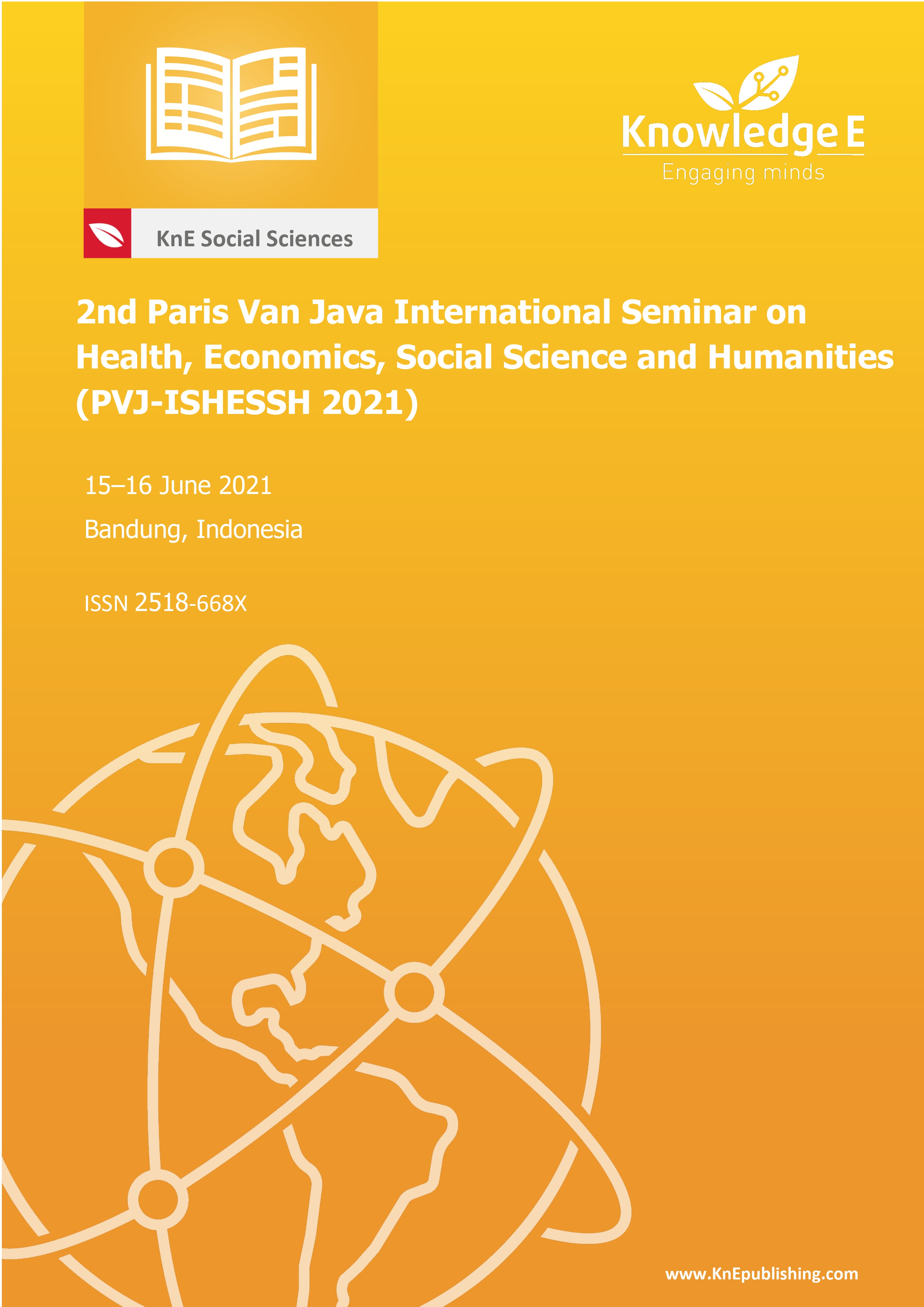The Conflicts of the Orang Rimba and the Jambi Malay Community: Reality and Resolutions
DOI:
https://doi.org/10.18502/kss.v8i4.12946Abstract
Since the New Order, the lands and forests of the Orang Rimba have been used as locations for the transmigration program and HPH and HP-HTI projects, resulting in the livelihoods of the Orang Rimba being destroyed and triggering conflicts. This paper discusses the recurring and endless conflicts between the Orang Rimba and the Jambi Malay community. The enmity is the impact of deforestation and the transmigration program. The values of the Orang Rimba’s customary law and their religious beliefs have been eroded, forcing them to claim lands and forests as well as their products being for all. From this problem, it is believed that to obtain in-depth data, the main sources of this article are from field observations, intensive interviews, published journals, previous research reports, and print and online media reports relating to the conflicts involving the Orang Rimba.
Keywords: Orang Rimba; conflicts; lands and forests
References
[2] Adler MA, Koelewijn-Strattner GJ, Lengermann JJ. The intersection of race and gender among chemists: Assessing the impact of double minority status on income Sociol. Focus 28. 1995;3:207–221.
[3] Varshney A. Ethnicity and ethnic conflict. 2016.
[4] Varshney A, Tadjoeddin MZ, Panggabean R. Creating datasets in information-poor environments: Patterns of collective violence in Indonesia, 1990-2003 J. East Asian Stud. 2008;8(3):361–394.
[5] Nagata J, Hefner RW, Horvatich P. Islam in an Era of nation-states: Politics and religious renewal in Muslim Southeast Asia. Pac. Aff. 2006;71(4):597
[6] Sukanta PO, Lindsay J. Breaking the silence: Survivors speak about 1965-66. Violence in Indonesia. 2019;46(1).
[7] Cahyono H. The state and society in conflict resolution in Indonesia (Conflict area of West Kalimantan and Central Kalimantan). 2008.
[8] Bergmann W, Crutchfield RD. Introduction racial and ethnic conflict and violence. Int. J. Conf. Violence. 2009;3(2):146–153.
[9] Sager S. The sky is our roof, the earth our floor Orang Rimba customs and religion in the Bukit Duabelas region of Jambi, Sumatra. Australian National University; 2008.
[10] Tadjoeddin MZ. Anatomy of social violence in the context of transition: The case of Indonesia, 1990-2001. Polit. Adm. Chang. 2013;38:1–35.
[11] Fearnside PM. Transmigration in Indonesia: Lessons from its environmental and social impacts. Environ. Manage. 1997;21(4):553–570.
[12] McCarthy J. Shifting resource entitlements and governance reform during the agrarian transition in Sumatra, Indonesia. J. Leg. Plur. Unoff. Law. 2007;39(55):95– 121.
[13] MacAndrews C. Transmigration in Indonesia: Prospects and problems. Asian Surv. 1978;18(5):458–472.
[14] Colchester M. Beyond tenure: rights-based approaches to peoples and forests- Some lessons from the Forest Peoples Programme. Washington DC: Rights and Resources Initiative; 2007.
[15] Colchester M, Anderson P, Firdaus AY, Hasibuan F, Chao S. Human rights abuses and land conflicts in the PT Asiatic Persada concession in Jambi Report of an independent investigation into land disputes and forced evictions in a palm oil estate. 2011.
[16] Colchester M. Conservation policy and indigenous peoples. Environmental Science and Policy. 2004;7(3):145–153.
[17] Sager S. The stalk that supports the flower: Orang Rimba kinship, marriage and gender in jambi sumatra oceania. 2017;87(1):78–95.
[18] Prasetijo A. Living without the forest: Adaptive strategy of Orang Rimba. Senri Ethnol. Stud. 2017;95:255–278.
[19] Prasetijo A. livelihood transformations of the Orang Rimba as tacit resistance in the context of deforestation endogami. J. Ilm. Kaji. Antropol. 2017;1(1):1.
[20] Miyamoto M. Forest conversion to rubber around Sumatran villages in Indonesia: Comparing the impacts of road construction, transmigration projects and population For. Policy Econ. 2006;9(1):1–12.
[21] Colchester M. Palm oil and indigenous peoples in South East Asia. International Land Coalition; 2011.

